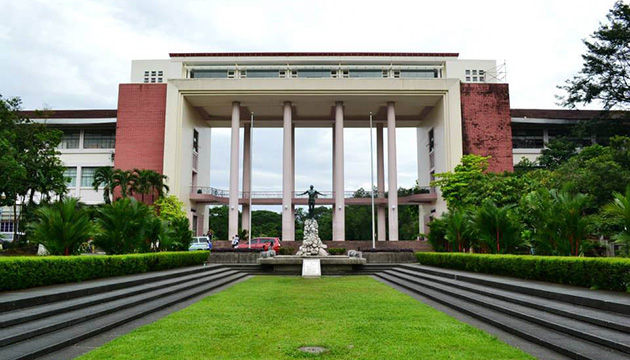Filipinos in Canada perhaps knew it intuitively but were not exactly sure. If they felt that Canadian residents of Filipino ancestry were sending more money to their country of birth than other groups, a study by Statistics Canada has validated this hunch.
In April 2019, the federal statistics agency released a study titled “Study on international money transfers, 2017”, showing that the Philippines received the most in remittances in that year.
According to the study, the top five countries to which Canadian residents transferred money were the Philippines ($1.2 billion), India ($794 million), the United States ($390 million), China ($292 million) and Pakistan ($236 million).
Respondents in the study are Canadian residents born in Official Development Assistance (ODA)-eligible countries. They are naturalized Canadians, landed immigrants, and temporary residents.
“Over one-third (37%) of people born in ODA-eligible countries sent money abroad in 2017,” the study noted. “The results were similar for both men (38%) and women (36%).”
In 2017, the total amount of money sent abroad totaled $5.2 billion.
This means that remittances to the Philippines accounted for 23 percent of the total money sent abroad from Canada.
“On average, people sending money sent $2,855 to relatives and friends living outside of Canada, with men sending $3,250 on average compared with $2,470 for women,” according to the study.
The study also noted that “remittances from people born in developing countries are often sent to their home country, but not always”.
“The study shows that $761 million or 15% of the total money remitted was sent to higher income countries in 2017, that is, countries not eligible for ODA,” the study stated.
The study also noted that the “use of remittances is linked to the socio-economic conditions of the destination region”.
“For 73% of remitters who sent money to the least developed countries, it was to pay for living expenses,” according to the study. “The corresponding figure for those who sent money to higher income countries was 40%. In contrast, 45% of remitters to high-income countries reported that they sent money as a gift, compared with 24% of those who sent money to the least developed countries.”
The report was based on data collected from 23,000 respondents born in ODA-eligible countries.
ODA-eligible countries are low- and middle income countries.
“In 2017, 59% of remitters said they sent money abroad to pay for living expenses (food, housing, utilities such as water, electricity and heat),” the study noted. “For 43% of respondents, medical expenses were an important use of remittances while 35% sent money back home as gifts.”













